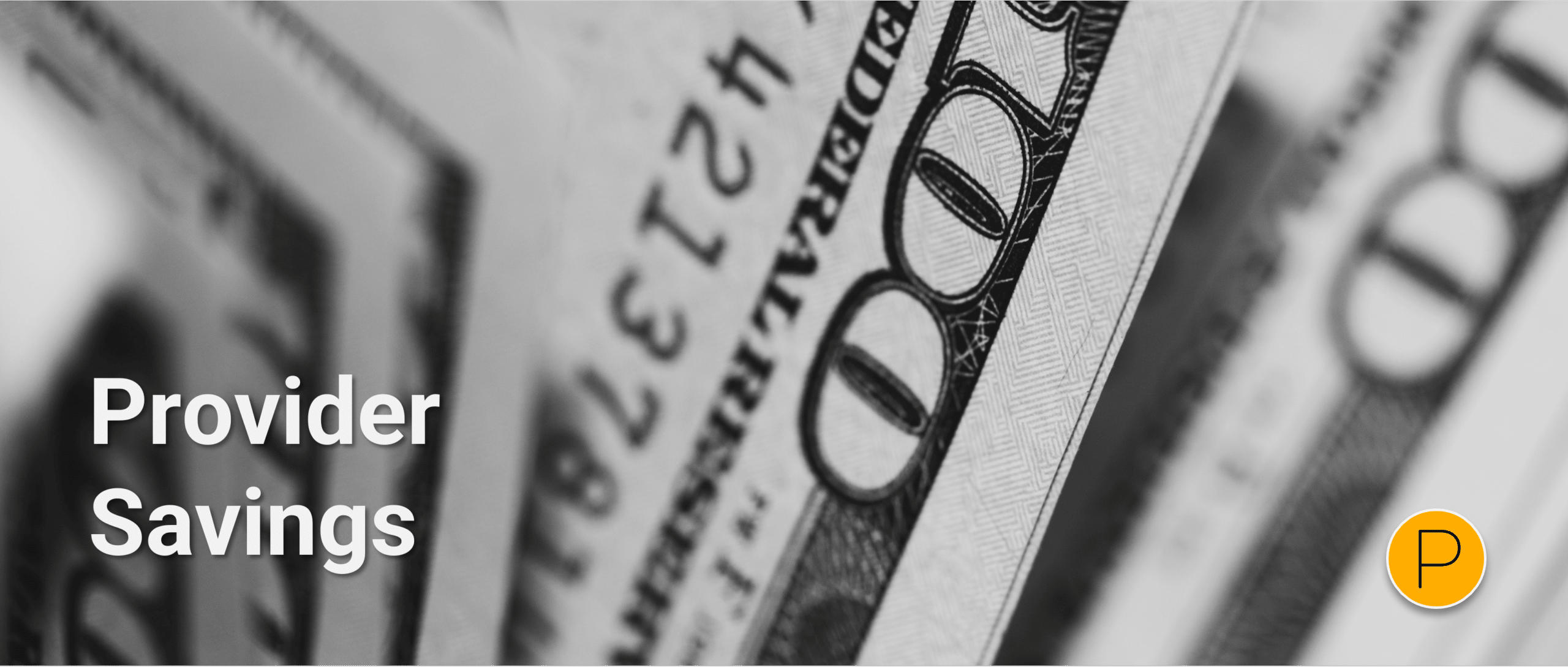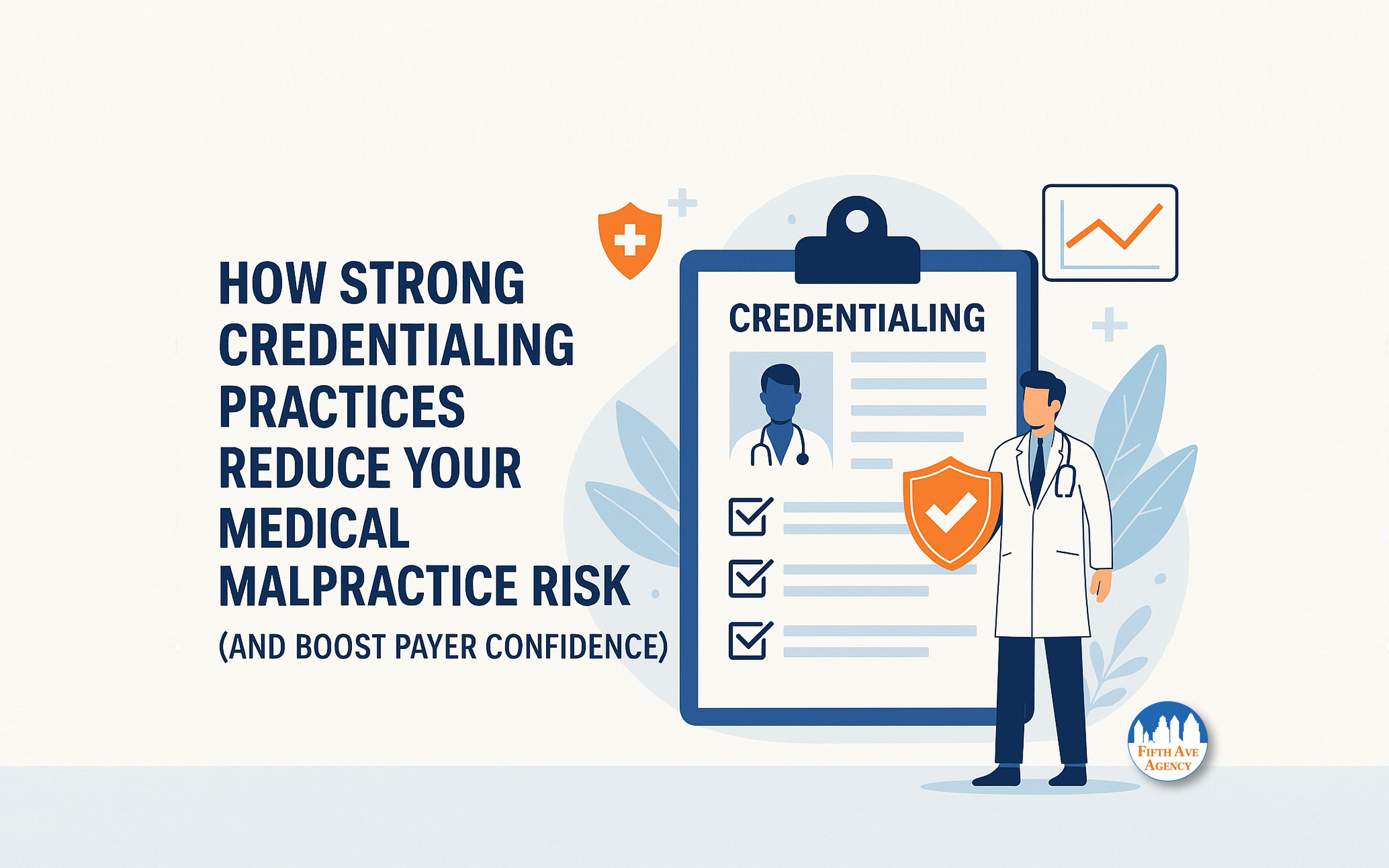With Aetna going paperless, Aetna is the latest company to join the growing list of healthcare companies to go paperless. The American-managed healthcare company began transitioning to an electronic payment and remittance process in September 2021. Aetna hopes to complete the paperless changeover by September 2022.
The exclusive use of electronic remittance advice (ERA), electronic funds transfers (EFTs), and electronic explanation of benefit (EOB) statements for all participating and non-participating providers will further Aetna’s paperless initiative.
Aetna will stop sending paper EOBs and checks during this period.
Providers cannot opt out of the new system. However, they have several options for obtaining claims and electronic payment details.
Aetna Going Paperless: Aetna Provides 2 Options for Claim Details
Aetna going paperless gives providers two options to acquire claim payment details, either EOBs or ERA:
- EOB statements can be accessed through the Availity web portal. Providers can also get identical copies of EOBs from the portal. They can get EOBs without obtaining ERA.
- ERA can be managed through Change Healthcare’s payer enrollment services. Providers do not need to enroll in Change Healthcare to get electronic EOBs.
Providers can enroll in both Availity and Change Healthcare portals for free.
Aetna Going Paperless: Aetna Provides 2 Options for Electronic Payments
Aetna going paperless gives providers a pair of options to receive electronic payments:
- EFT: EFT allows Aetna to send claim payments directly to providers’ bank accounts. Providers who wish to enroll in EFT can do so through Change Healthcare payer enrollment services or
- Virtual credit cards (VCCs): This method involves processing credit card payments without sharing bank account information. Interchange fees will apply. Providers who do not enroll in EFT will automatically receive payments through VCCs.
Costs To Providers Of Not Going Paperless
VCC (virtual credit card) payments seem to favor payers and can produce added expenses for providers. Payers send credit card payment information and instructions to providers. They sometimes receive cash-back incentives for such transactions.
Once a payer sends a VCC payment, providers must process the payments using standard credit card technology. They must also pay fees, which can reach up to 5% per transaction. Providers can reduce these fees, including enrolling in EFT.
HIPAA, the Health Insurance Portability and Accountability Act, requires all health plans to offer EFT using the Automated Clearing House (ACH) Network. The ACH Network is an electronic funds transfer system facilitating payments in the United States. This alternative is like direct deposit. Health plan payments are paid into a provider’s chosen bank account. Typically, each ACH EFT transaction has one small fee lower than the VCCs incur.
Aetna has clarified that providers who do not enroll to receive payments by direct deposit might receive future payments by VCC (virtual credit card).
The company encourages providers to enroll so they receive direct deposit payments.
Savings To Providers Of Going Paperless
With Aetna going paperless, providers are forced to embrace current technologies. The world is going completely digital. While this conversion may entail new costs for doing business, the benefits of electronic transactions can even out the ledgers.
Savings to providers for going paperless with Aetan include the following:
- Providers can get paid faster. Paper checks cannot get misplaced if they never existed. Delayed payments can strain practices in these uncertain economic times.
- EOB statements accessed through Aetna’s Availity can be printed or saved to computers anytime. Providers can view their EOB statements 24 hours a day, seven days a week. They can enjoy more control over how EOBs are managed.
- Providers will not have to wait for paper statements to arrive in the mail. Time savings aside, sensitive data can be secured better with a digital solution like a web portal. Plus, the change of statements would no longer get lost in transit.
- Electronic transactions can save insurance companies, providers, and the rest of the medical industry money. For example, a claim remittance advice request costs $3.96 to be manually processed. The electronic cost is $0.94. According to the Council for Affordable Quality Healthcare, the industry can save $16.3 billion by transitioning to fully electronic transactions.
- Medical practices will have to deal with less paperwork. Aetna going paperless creates less mail. Less mail means less paperwork for staff and reduced clutter. Staff can focus on other revenue-producing tasks in a clean and organized environment. In addition, there would be no need for physically storing statements.
Aetna going paperless can create a 5% fee for VCC. One way to avoid the 5% fee for VCC transactions is for medical office staff who process patient and health plan payments to know the difference between the two. Health plan VCC fees can run higher. Enrolling in EFT can negate this concern.
Understanding Aetna’s ERA and EFT Policies
Aetna going paperless requires providers to understand Aetna’s ERA and EFT policies better. Aetna offers providers a resource to assist them with understanding Aetna’s ERA and EFT policies.
Notable Aetna ERA and EFT highlights include:
- Aetna will issue separate ERA statements and EFTs for each billing provider’s National Provider Identifier (NPI). This also applies to providers billing with multiple NPIs.
- Providers must report their NPIs with Aetna in two locations in the following order: on Aetna’s NPI Submissions page and then on their Contact Us page.
- When Aetna reprocesses a claim, the ERA will show a reversal of the initial claim and the correction.
- If Aetna cannot produce an ERA file due to errors, they will try to repair it. If it is not fixed after five days, they will print and mail a paper EOB. They will still send the corresponding EFT.
- Providers can enroll one or more bank accounts to collect EFT payments.
- Providers are responsible for working directly with their financial institutions to reconcile EFTs. They must also ensure that all the necessary information is posted to their patient accounts.
- To ensure payments continue uninterrupted, Aetna suggests providers notify them at least ten days before changing or closing any bank accounts. There is a 10-day pre-note period for EFTs to validate account information.
Providers who still need support after reading the guide have other resources to turn to:
- For technical questions, providers should contact their vendors.
- If the vendor cannot help, email Aetna via their Contact Us page.
- Providers with questions about their posting software are urged to contact the software vendor.
- The provider’s bank can answer questions about EFT. If issues persist, Aetna can be reached for further assistance.
- Changes to ERA and EFT setups can be made through Change Healthcare.
By September 2022, Aetna will have concluded its switch to a paperless system.
Providers who have not adapted to the arrangement still have time. Change is never easy, but Aetna encourages early adoption but will make exceptions for late adopters to join them in the digital world.
Aetna going paperless 7-point summary:
- By September 2022, Aetna will have concluded its switch to a paperless system.
- Aetna will stop sending paper EOBs and checks during this period.
- Providers cannot opt out of the new system.
- Providers can enroll in both Availity and Change Healthcare portals for free.
- 2 Options for paperless claim details: EOB, ERA
- 2 Options for electronic payments: EFT, VCC
- Aetna has made it clear that providers who do not enroll to receive payments by direct deposit might receive future payments by VCC (virtual credit card)
More information about Primoris Credentialing Network
Primoris Credentialing Network is a NCQA Credentialing Accredited specializing in credentialing and provider enrollment with 54+ health plan and network provider enrollment options. Primoris is a family member of Fifth Avenue Healthcare Services. Sister companies include 5ACVO (credentialing and primary source verification specialists) and Fifth Avenue Agency (MPLI and medical malpractice specialists).
Primoris initially published this article here. For more information on Primoris Credentialing Network, please visit PrimorisCredentialingNetwork.com or Contact Us.

















